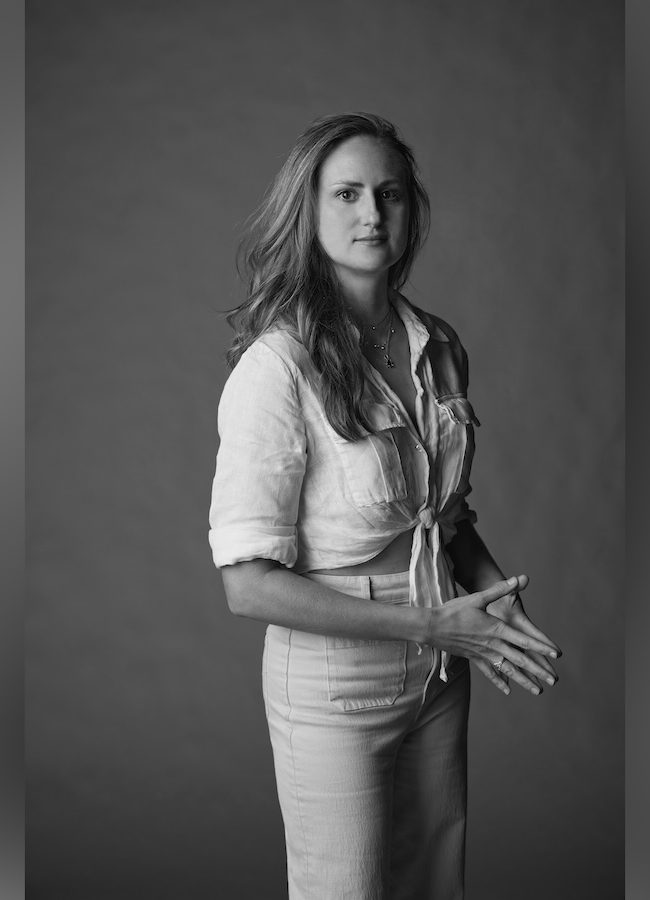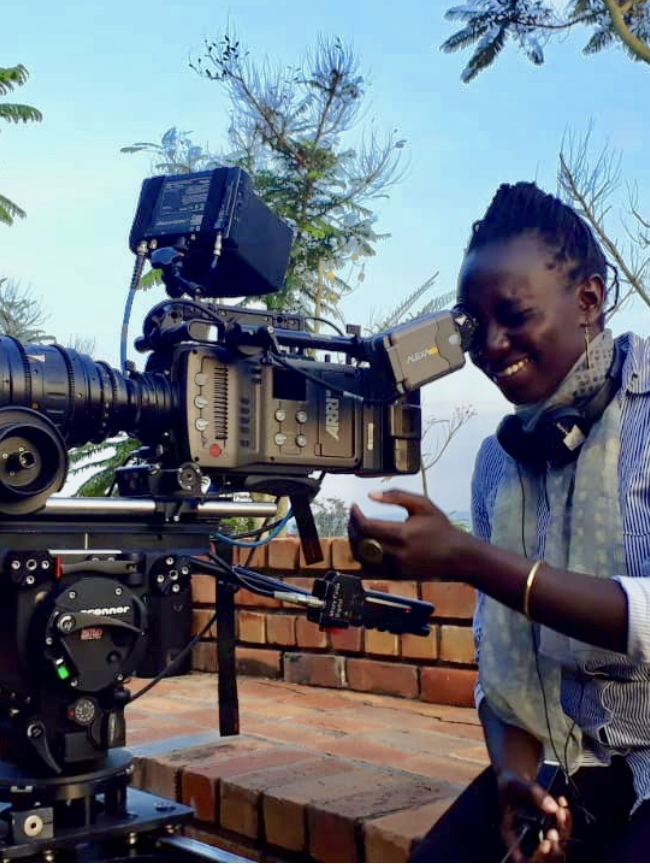
(Check out Brandon Wilson’s Room to Move movie review, it’s coming soon from GoodCompany. Seen it? Join the conversation with HtN on our Letterboxd Page.)
How we feel about non-fiction filmmaking says a lot about what we really think about cinema. Do we ultimately want just pure escapism when we watch a film? Do we require cinema to justify itself with clear moral lessons? Or do we require film to fetishistically wield style in a way that removes important tools from the documentarian’s kit? Documentary is often synonymous with truth and authenticity, but many of the best documentaries take as their major theme the notion of performance. From the first frame of documentary legend Frederick Wiseman’s oeuvre, his fascination with performance is evident. One of non-fiction filmmaking’s greatest applications is documenting performances and preserving them for posterity.
Filmmaker Alexander Hammer crafts a complex and exciting documentary on this topic with his latest work Room To Move. It tells the story of Jenn Freeman, an Idaho-born dancer/choreographer in her 30s in New York City. Dancing is Jenn’s life, but she tells her therapist that lately she feels dance is taking more from her than what it gives her. This revelation has everything to do with Freeman’s autism diagnosis which she received just before the filming of the documentary commenced. So suddenly, Hammer’s doc becomes something neither her nor Jenn could have imagined when it began.
Hammer is an accomplished editor who was on the team that cut Beyoncé’s Homecoming concert film. He brings his experience to bear here and crafts a very stylish piece that brings together footage of Freeman’s theatrical dance work, recordings of rehearsals, and interview footage. Hammer plays with different aspect ratios, giving the most intimate footage of Jenn (being interviewed by her devoted husband and producer Ian Stuart) an aspect ratio close to 1.66:1.
The doc enjoys its own extremes: we are moving and we are still; we go from striking footage of large projections in black box theatres to the quotidian images of Jenn sitting on her couch and talking about her life. Freeman talks about the diagnosis as the final piece of a puzzle for understanding herself. As a young child, her need to stim (self-stimulation, a common practice where people with autism engage in repetitive behavior, often movement, to stave off dysregulation) involved moving her head or spinning to make herself dizzy. Her parents interpreted this as simply a love of movement, put their daughter in dance classes, and the rest is history. Her disability and her life’s passion are interlinked.
The diagnosis puts Freeman, her husband, and her collaborators who have become family, on a new journey. She plans an ambitious show in which she explores her neurodivergence through dance. But like some hero of myth, Jenn Freeman finds significant obstacles rising to meet her on her quest. I won’t give anything away but a series of setbacks, both medical and logistical, cause her to rethink her plan. Another midpoint revelation gives the film a reflexivity where suddenly Hammer essentially becomes the film’s co-subject and Freeman points the camera at him.
Hammer’s editing of the film stands out, particularly his handling of the dancing montages. His work clearly shows the influence of Bob Fosse who pioneered cutting in the middle of fluid motions to amp up the kineticism of a work rather than take away from its momentum. It’s difficult and requires a keen understanding of movement. In the end, Hammer manages to serve both aspects of the story. We see the steep financial, emotional, spiritual costs involved in mounting a performance, and we take the journey of self Freeman needs to make this show a success. Room To Move excels at showing us the price dancers pay to perform at the edge of their talents, but it also shows how much performance is a part of being neurodivergent. The film offers the possibility that with love and community, the neurodivergent can pour their energy into something healthier than satisfying a world that demands they be something other than they are.
– Brandon D. Wilson (@GeniusBastard)
GoodCompany; Alexander Hammer; Room To Move











